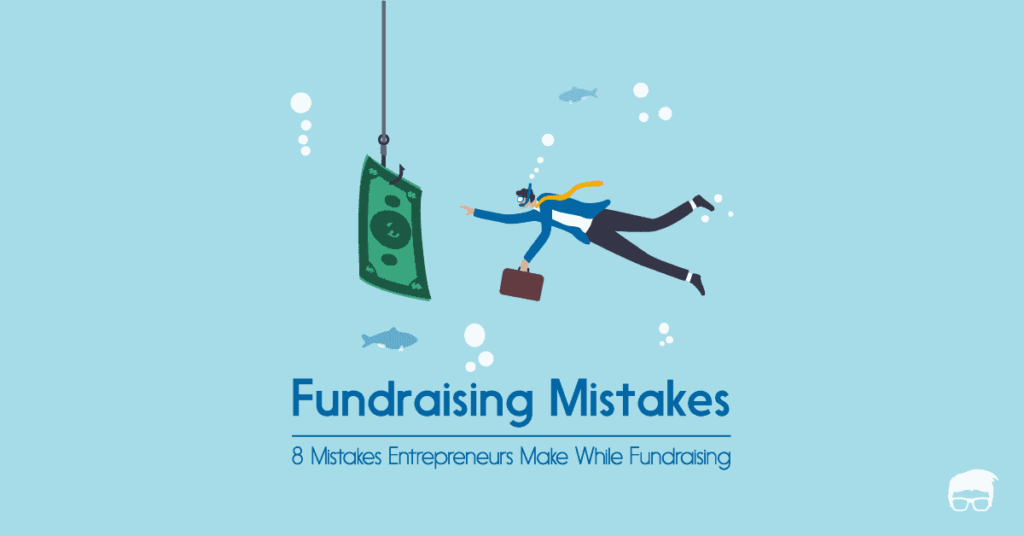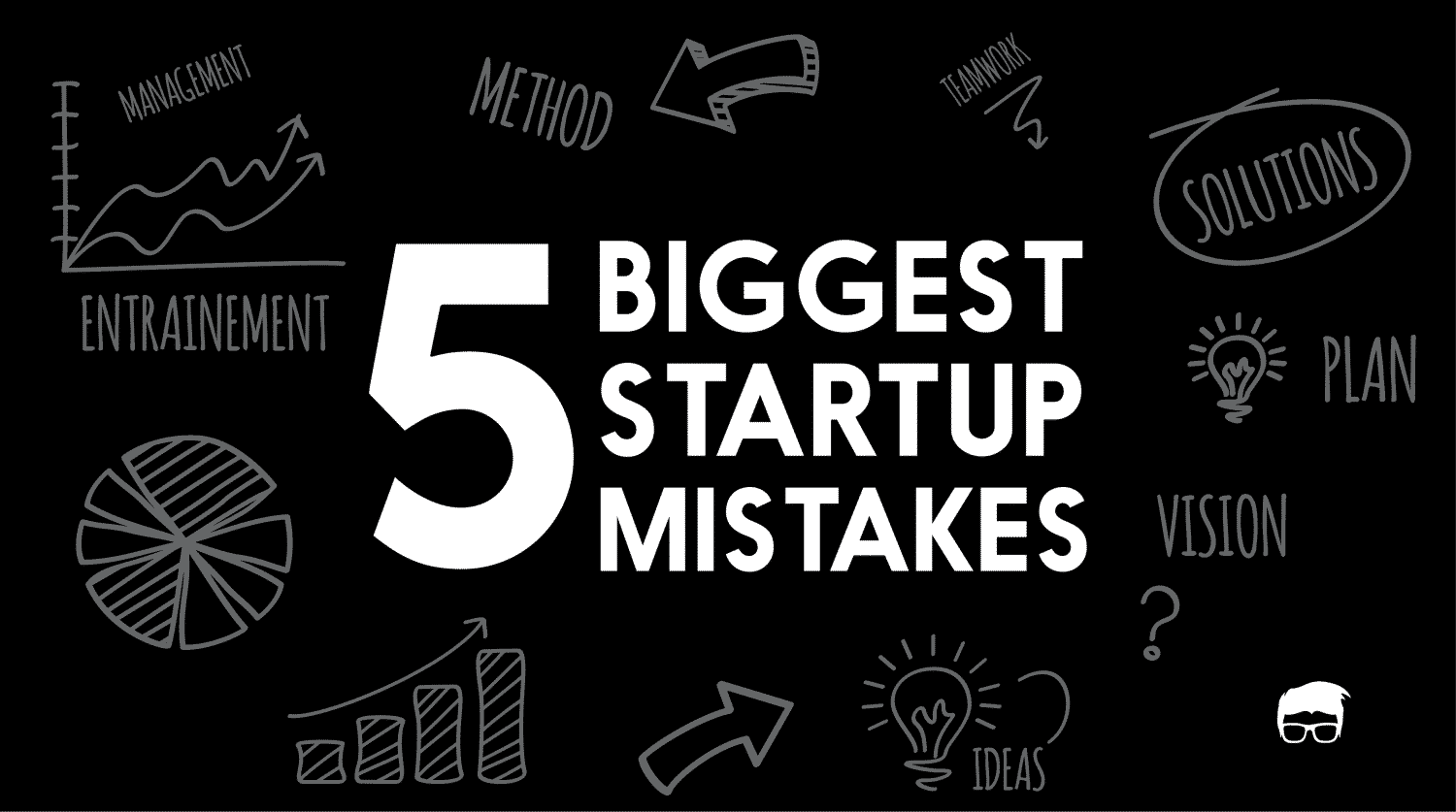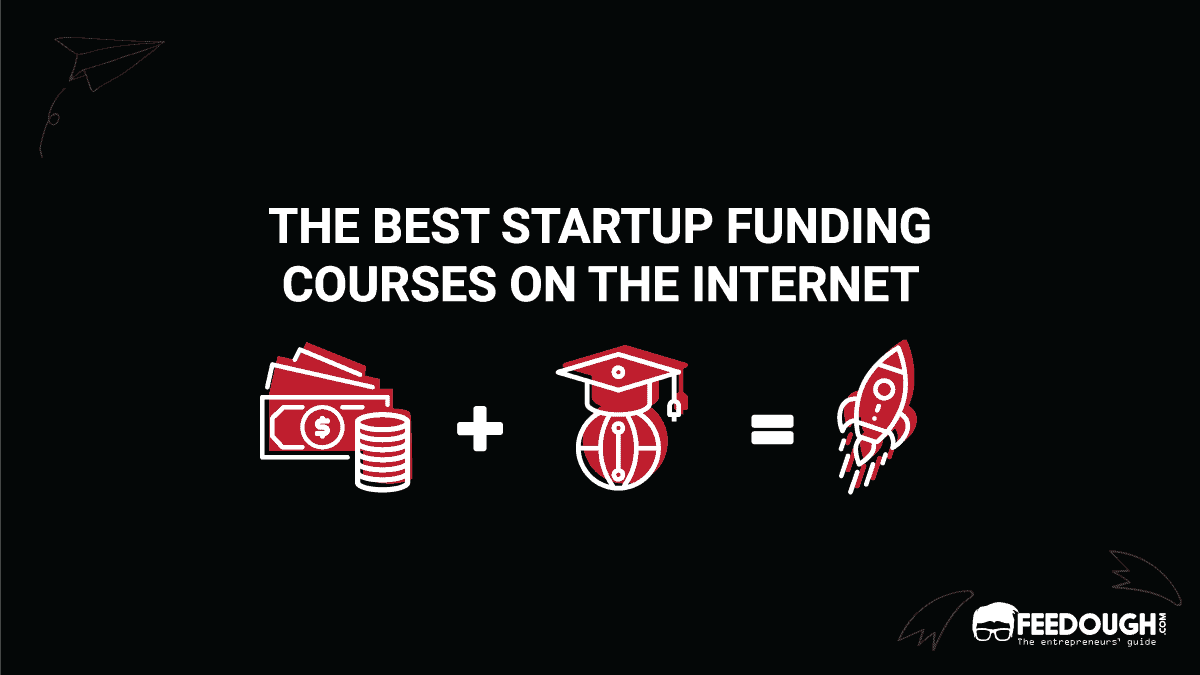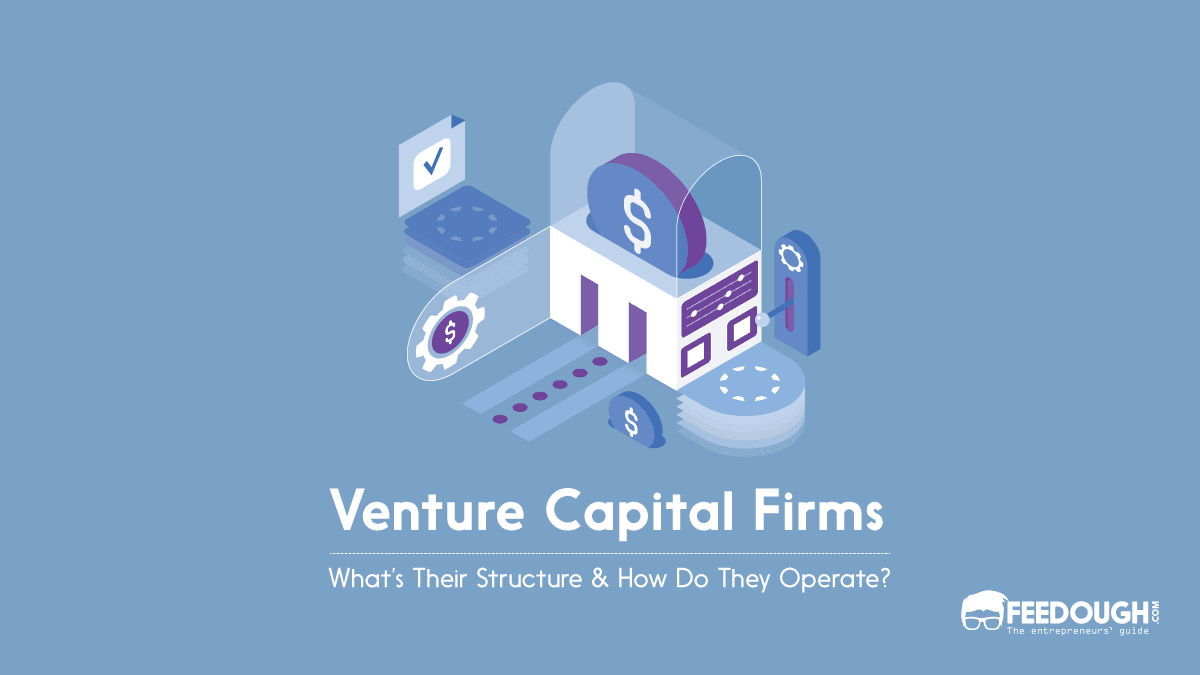About 6 million new businesses start in the USA every year. Of these, only 70,000 get angel investment, and less than 5,000 get venture capital. That is, the remaining 5.92 million businesses either bootstrap or make inevitable fundraising mistakes that prevent them from raising funds.
So, if you don’t want to be in the 98% of the businesses who fail to raise external funds, you need to avoid certain fundraising mistakes.
But the problem is that entrepreneurs realise these mistakes only after they make it and get rejected.
But fret not, we’ve listed down the eight biggest fundraising mistakes that you need to be wary of while approaching the investors, pitching to them, and signing contracts.
Assuming Valuations And Demands
The biggest fundraising mistake you can make is to assume how much money you’ll require and what should be the pre-money valuation of your startup.
The problem?
Investors won’t believe the same unless you show them growth figures, traction, or material evidence to back up your claim.
Precisely, you shouldn’t claim your startup to be valued at $1 million just because you think it’ll work out. Startup valuation depends on a lot of factors like:
- Current revenue (if applicable)
- Current traction
- Traction trend
- Industry
- Industry trend
- Market share of the startup
- Market share acquisition forecast
- Founding Team
- Burn rate
- Churn rate
- Investor’s interest, etc.
Your startup’s valuation is derived from the current position and the future projection of growth. In the usual scenario, the current revenue and revenue growth is taken into account. In startups with less or no revenue, valuation methods like Berkus Method, cost to duplicate, discounted cash flow method, etc. are used.
Make sure your valuation is justified before heading to the investors.
Moreover, as an entrepreneur, never be greedy. Overfunding may kill your startup just like underfunding might. Investors often offer a temptation of higher funding amount in return for a higher stake. This offer, though tempting, may prove to be a setback in future rounds.
Always know how much you’re planning to raise. Usually, this amount is calculated by calculating the burn rate and cash runway before the next round of funding (which is generally 12 to 18 months later).
Relying On One Source
If you’re a new entrepreneur, you should know that once you move ahead of your seed round, there’s usually more than one investor who invest in your startup.
One investor usually leads the round, but it witnesses a few who follow the lead.
So, you need to make a list of a lot of investors, reach out to them, and segregate them into group A, group B, and group C; where group A is highly likely to invest in your company and is someone you would like to work with. Group B and C consists of investors who are less likely to invest.
Usually, it’s better to have more than one investors interested in your startup as it puts more pressure on them.
Substandard Pitch Decks
A big mistake entrepreneurs make is not focusing much on the pitch deck. While many dream of millions as an investment, they don’t put much effort into the pitch deck to prove the need.
It would help if you understood the difference between an email deck and a presentation deck. Learn how to develop both and when to use what.
Email decks are text-heavy as you’re usually not there to present the same. So, you have to predict the questions that might arise and answer them using data in the email deck.
Presentation decks, on the other hand, should supplement your presentations. They should be graphics-heavy.
But whatever you do, make sure to spend some time developing a good-looking, polished pitch deck that reassures the investors that you are serious about the partnership and know what you’re doing.
Relying On Cold Emails
Sending the same email to a list of investors could be the worst mistake you can do. Fundraising isn’t a usual business process where you’ll get replies to your cold emails.
You need to do your homework and reach out to the investors using a channel they respond to. Most of the investors prefer recommendations from their partners or the founders of startups they’ve already invested in. Try to contact them first.
And even if you do rely on email. Make sure to do your research and write a personalised email tailored to the requirements of the investor.
Non-Familiarity With Term Sheets
Term sheets are facts of external fundraising. The problem with the entrepreneurs is that they rely heavily on lawyers without even knowing the intricacies of what’s been agreed upon.
Even if you don’t want to get into the details, you should know the basic of term sheet. It usually has two sections – the economics and the ownership. It includes the extent to which an investor will be participating in the decision-making process and how much will he get upon the liquidation of the company, along with other terms.
Read books, talk to consultants, and learn as much as you can about the term sheet before you go for fundraising and signing such documents.
Not Focusing On Personal Branding And Selling
When it comes to startups, the investors weigh the experience and the brand of the team members along with other factors. You may not want the investors to doubt your capabilities.
So avoid this common mistake of not selling your team. Sell their qualifications, experience, and the skillset. If you can’t add the same to a slide, find ways to portray or showcase the same and impress the investors.
No Planning
Fundraising is a task that one should take only with a proper plan. You should not wander around thinking you’ll find a way to the perfect investor.
Make a plan. Decide what type of investor do you need to woo at what stage of your startup. Reaching out to wrong investors at wrong time may not only waste your time but may also close your gates to that investor in future as well.
If you’re looking for seed funding, go to incubators, accelerators, or angel investors. If you’re looking for late-stage funding, go to experienced venture capitalists. Make a plan and stick to it.
Focusing Just On Money
One of the biggest misconceptions new entrepreneurs have is that fundraising is all about money.
Never make this mistake.
Business and startup investments are partnerships. This is when investors show faith in you, mentor you, and provide you with the resources, both monetary and non-monetary to help you grow.
So, make sure to look for more than just money. Look for investors who have experience in the niche you operate in. Look for investors who have a good network that you can use to grow your business. And look for investors who have more than just money to give.
Go On, Tell Us What You Think!
Did we miss something? Come on! Tell us what you think about our article on fundraising mistakes in the comments section.
A startup consultant, digital marketer, traveller, and philomath. Aashish has worked with over 20 startups and successfully helped them ideate, raise money, and succeed. When not working, he can be found hiking, camping, and stargazing.



![How To Get Startup Funding [The Complete Guide] startup funding guide](https://www.feedough.com/wp-content/uploads/2022/08/startup-funding-guide.webp)





